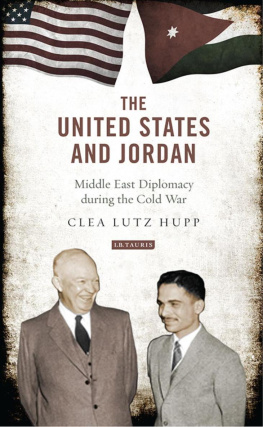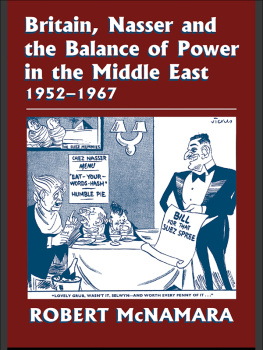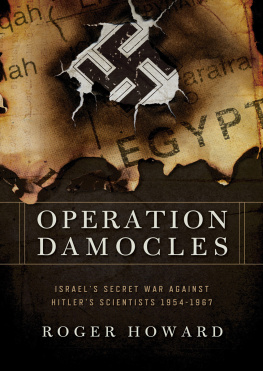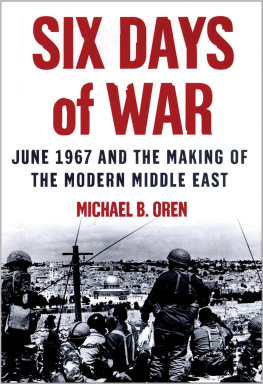CONTENTS
INTRODUCTION
Four years after the Arab worlds first attempt to annihilate Israel, Egypt the leader of Arab nations and Israels prime opponent at the time became a republic on July 23, 1952. Gamal Abdel Nasser, its new socialist, pan-Arabist leader, pursued a policy of seeking unification with ideologically like-minded Arab states, chiefly Syria. The United States, fearing Soviet influence in the Middle East, launched an initiative codenamed Alpha to support Egypt politically, economically and militarily, conditional upon a peace agreement wi th Israel.
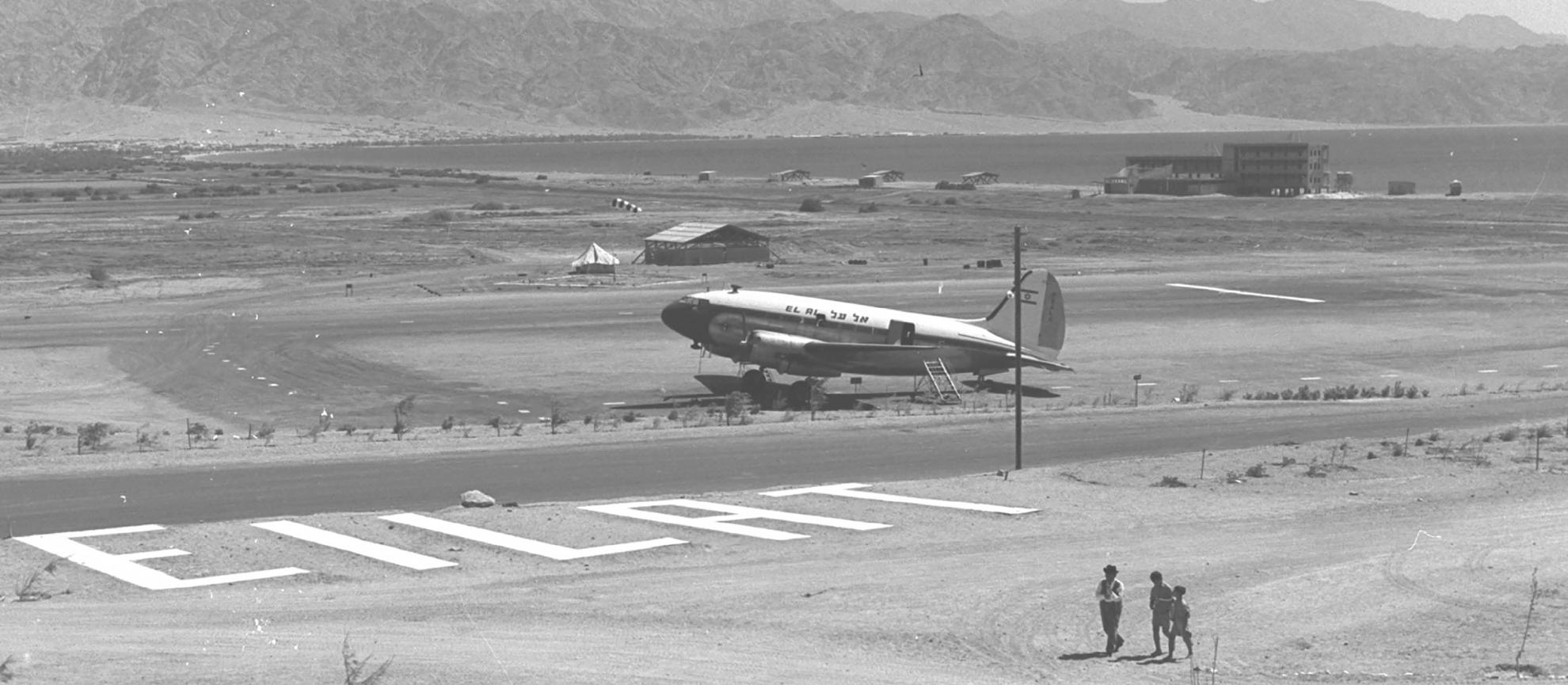
Israels gateway to the Red Sea, Eilat, was the symbol of the Israeli buffer between Egypt and Arab nations in the Levant. In 1955 when this photo was taken Egypt announced that any ship intending to sail via the Straits of Tiran must give 72 hours notice and gain Egyptian permission, effectively blocking the Straits. Israel decided against military action then, but in 1956 seized the chance to secure freedom of navigation, which lasted until May 1967. (ILGP/PO)
In June 1955, Nasser attempted to break the linkage between US aid and peace with Israel. Nasser spoke of his discouragement over the previous three years that military equipment could be obtained from the US. He had concluded that he should accept Russias offer of military equipment.
On September 21, 1955, Nasser notified the US that the arms deal between Czechoslovakia and Egypt for Soviet weapons was to go ahead. Two days later, the US indicated that the deal included 200 jet aircraft, of which 100 comprising 37 medium jet bombers and the remainder MiG-15s were to be delivered by December 1955, with first shipment already on its way to Egypt.
Nasser stated that the Czechoslovak arms deal was a turning point in Egyptian history. Israel reasoned that, given Nassers intentions of Arab unity and Egypts new capability of offensive bombers, Egypt was seeking a second-round war to eliminate the disgrace of defeat in the 1948 war, as well as to remove the geographical buffer that Israel represented between Egypt in Africa and the majority of Arab nation s in Asia.
Then, on July 26, 1956, Nasser nationalized the Suez Canal. France and Britain combined forces to repossess the Suez Canal, and Israel joined the coalition. The resulting 1956 war ended in mixed results for all four participants. France and UK defeated Egypt militarily, but did not repossess the Suez Canal and were forced to retreat by political pressure. Egypt was beaten, but scored a diplomatic victory and Nassers regime survived. Israel destroyed Egypts war machine, yet was forced to retreat from Sinai but only after securing American assurances over freedom of navigation in the Straits of Tiran. A few days prior to their withdrawal, Israels Foreign Minister in the UN General Assembly and the Prime Minister in the Israeli Parliament both stated solemnly that any interference with Israels freedom of navigation through the Straits of Tiran would be regarded as an attack, entitling Israel to exercise its right to sel f-defense.

Israeli troops examine Egyptian coastal artillery most likely disabled by the Egyptian crew through double-loading it and then firing it prior to the Egyptian retreat from Ras Nasrani in November 1956 in early 1957, with the Straits of Tiran in the background. (ILGP/PO)
Egypt rehabilitated its armed forces and reinstated the policy of Arab unity more intensely than ever before. Egypt and Syria became the United Arab Republic on February 22, 1958, with tiny Israel forming a buffer between the south and north of the gargantuan conglomeration. The United Arab Republic dissolved on September 28, 1961, but almost exactly a year later, on September 26, 1962, Nasser embarked upon another Arab unity venture with an Egyptian-sponsored rebellion in Yemen.
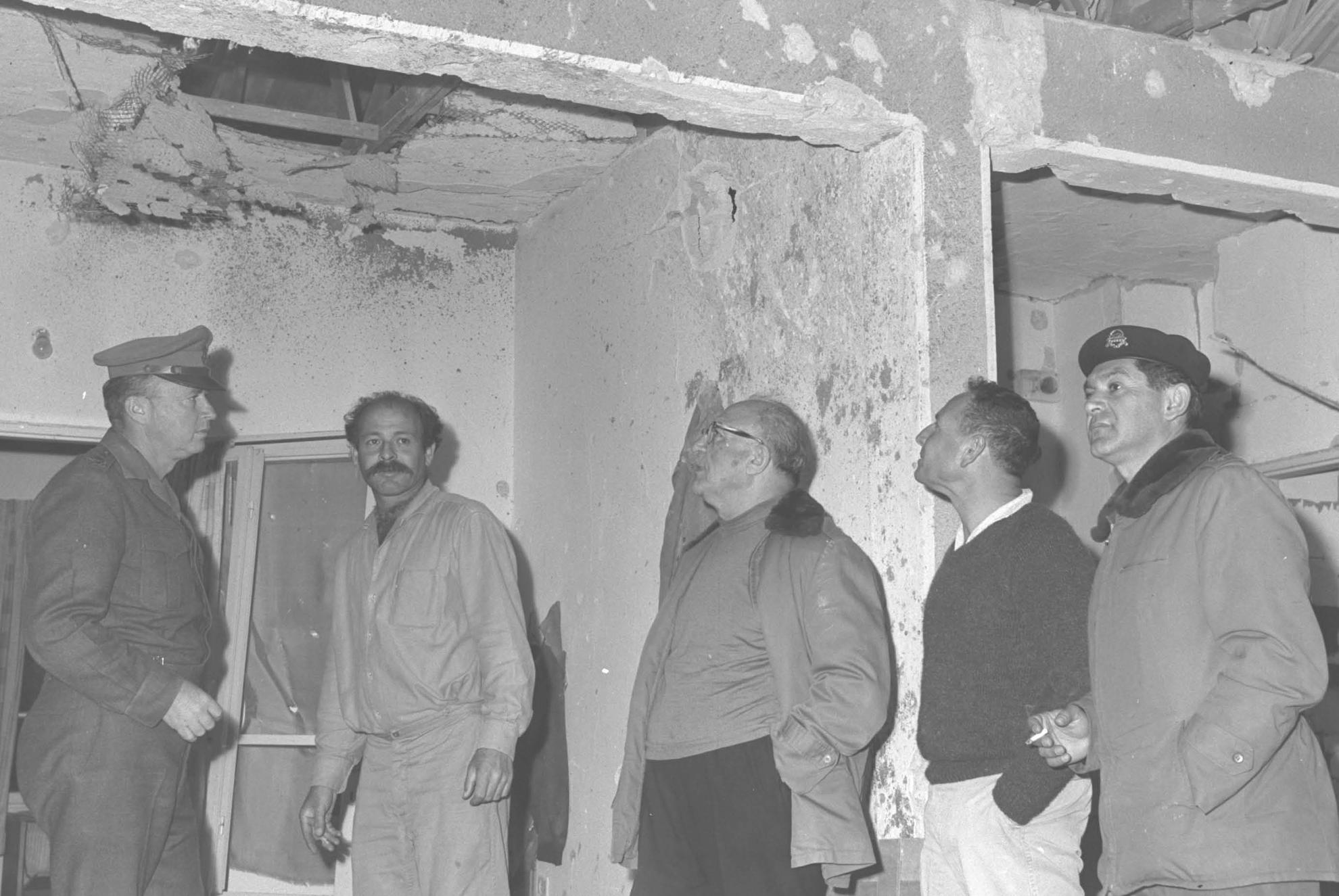
Israels Prime Minister and Defense Minister Levy Eshkol, center, examining, on April 8, 1967, Syrian artillery bombardment damage to housing at Gadot, with IDF Chief of Staff Isaac Rabin, left, and Command North Commander David Elazar, right. (ILGP/PO)
On June 10, 1964, Israels inauguration of the National Pipeline that streamed water from the Sea of Galilee to irrigate the Negev Desert was a major milestone in a dispute concerning regional resources of water that evolved into the Water War: a series of occasional armed clashes, mostly between Israel and Syria.
The clashes between Israel and Syria tested Nassers rhetoric concerning Arab solidarity at a time when Egypt was deeply involved in Yemen and not yet ready, militarily, to confront Israel. In the wake of a major clash between Israel and Syria on April 7, 1967, tension along the Israeli-Syrian border remained high, but the IDF did not evaluate the situation as volatile. American analysis of the situation in the Middle East also seemed to rule out the potential for full-scale war. A memo of May 1, 1967 from the American Undersecretary of State to the Preside nt stated:
Israel has a safe margin of superiority over any combination of Arab forces likely to attack it and can be expected to maintain that position for at least the next five years. Arab numerical force superiority is more than matched by Israels superiority in training, leadership, military doctrine and maintenance of equipment. Moreover, the Arab states have made little progress in military coordination among themselves. Recent border clashes have demonstrated that short of general hostilities, or Israeli occupation of Arab territory, the Arab states will not rush to one anothers a ssistance.
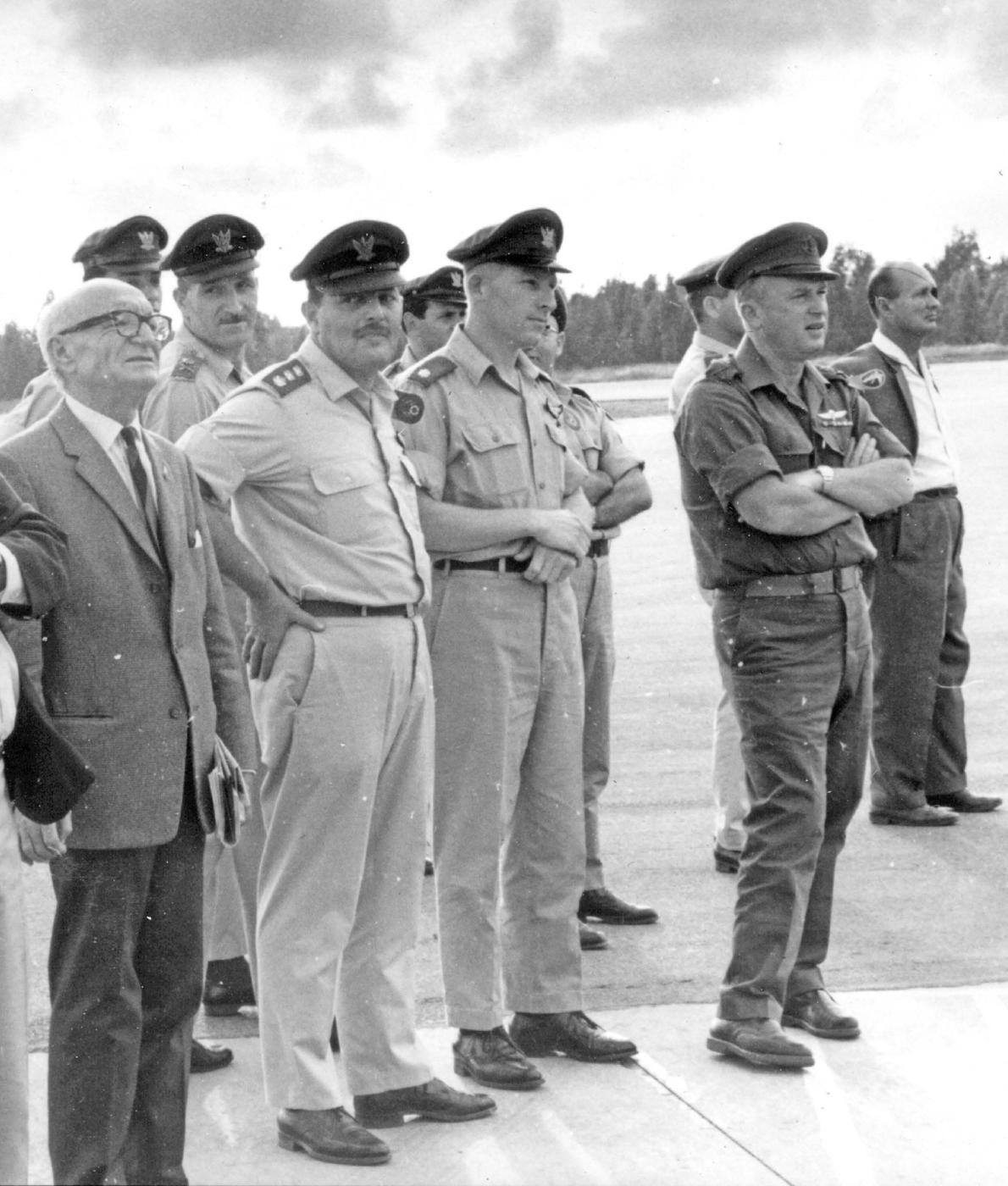
All six former IDF Chiefs inspected the two IDF decisive forces air force and armor corps on May 16, 1967. This visit had been arranged before the start of the crisis, which was then not seen as exceptional. Here, left to right, are: Jacob Dori, IDF Chief 194849; IAF Commander Moti Hod; Khatsor Wing 4 Commander Beni Peled; Squadron 101 Commander Amos Lapidot; IDF Chief Isaac Rabin; and Moshe Dayan, Defense Minister from June 2, 1967. (AC)
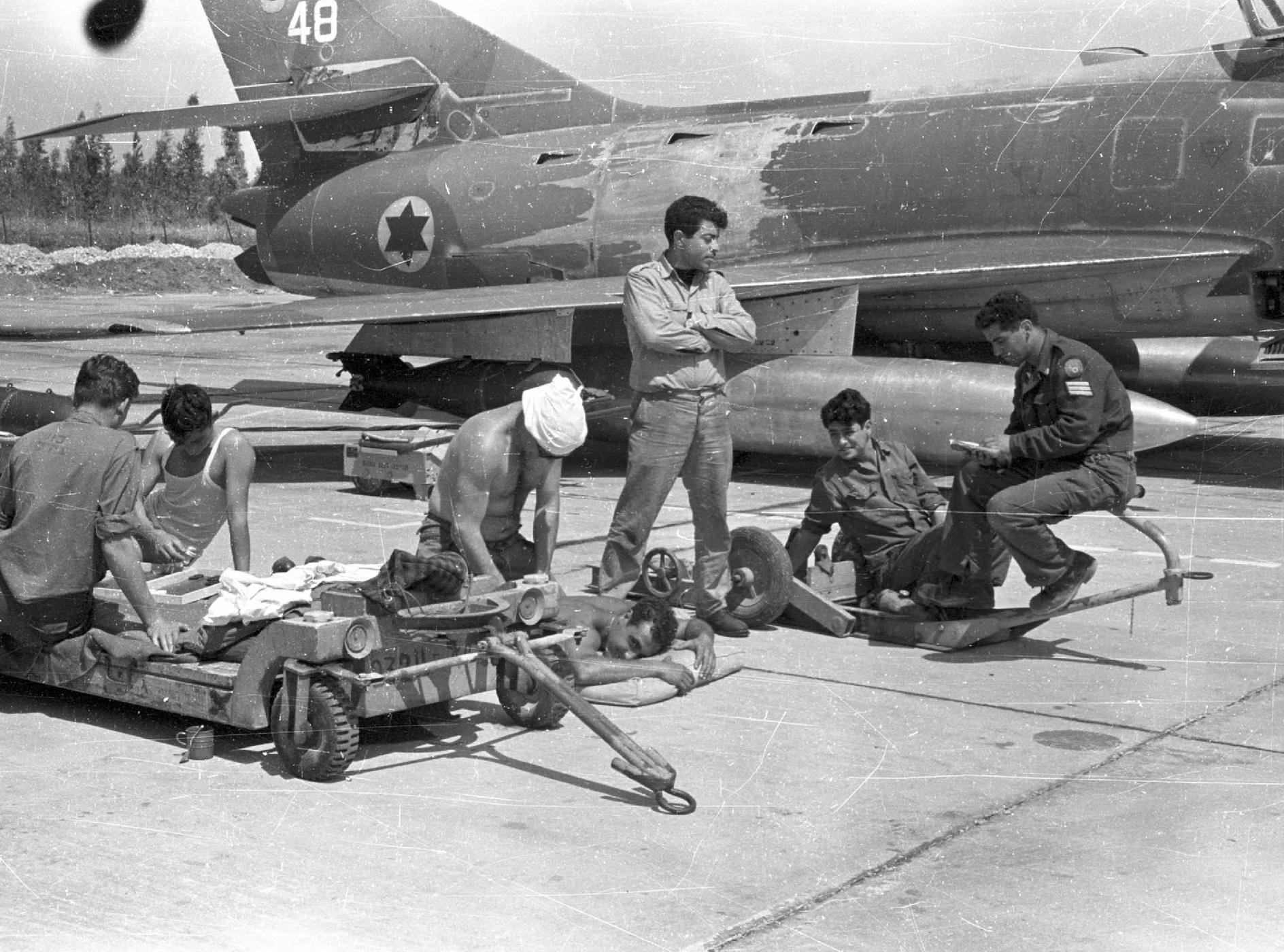
The IAF mobilized a total of 10,983 reservists from May 18 to 26, 1967. Photographed at Khatsor during the Waiting Period, Squadron 105 reservists play backgammon, massage, and read. Their Super Mystre, parked at a dispersal point because the IAF ran out of hardened aircraft shelters (HAS) owing to the constant improvements in serviceability during the crisis, is armed and ready to fight. (AC)
The IDF General Staff Branch Chief, Ezer Weizman, addressed the Israeli public on May 4, 1967, prior to Israels Independence Day, to explain the IDFs evaluation that no major war between Israel and an Arab nation was expected during the following year, though more border clashes with Syria seem ed likely.



